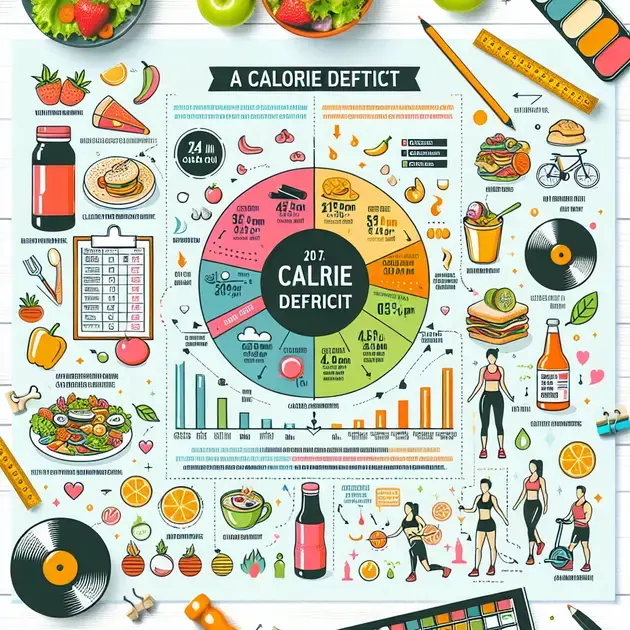
Title: Tips for Achieving a Calorie Deficit without Breaking the Bank
Introduction:
Losing weight often requires creating a calorie deficit, which means consuming fewer calories than what your body needs for daily activities. While there are various methods to achieve a calorie deficit, many individuals prefer affordable and easy-to-make options. In this article, we will explore some practical tips and ideas for maintaining a calorie deficit without breaking the bank.
1. Embrace Whole Foods:
One of the most cost-effective and nutritious ways to achieve a calorie deficit is by focusing on whole foods. These include fruits, vegetables, lean proteins, whole grains, and legumes. Whole foods tend to be more filling and provide essential nutrients, helping you stay satiated while reducing calorie intake.
2. Plan and Prepare Meals:
Meal planning and preparation are essential for maintaining a calorie deficit on a budget. By planning your meals in advance, you can create a balanced and calorie-controlled diet without resorting to expensive pre-packaged options or eating out. Look for affordable ingredients and choose recipes that are easy to make in batches, enabling you to save time and money.
3. Prioritize Protein:
Including adequate protein in your diet can help control hunger and increase satiety, making it easier to maintain a calorie deficit. Protein-rich foods like chicken breast, eggs, beans, and Greek yogurt are often affordable and versatile. Consider incorporating them into your meals and snacks to help you feel satisfied while staying within your calorie target.
4. Opt for Homemade Snacks:
Snacking can be one of the biggest challenges when trying to achieve a calorie deficit. Rather than relying on expensive pre-packaged snacks, try making your own at home. Options like homemade trail mix (with nuts, seeds, and dried fruits), roasted chickpeas, or veggie sticks with hummus are not only budget-friendly but also more nutritious.
5. Stay Hydrated:
Drinking water before meals can help reduce appetite, making it easier to control calorie intake. Additionally, staying hydrated throughout the day can prevent feelings of hunger or cravings, which may lead to unnecessary snacking. Opting for water instead of sugary beverages is not only healthier but also cost-effective.
6. Engage in Physical Activity:
While diet plays a crucial role in achieving a calorie deficit, incorporating physical activity into your routine can further support weight loss efforts. Engaging in regular exercise, such as walking, jogging, or workout videos, boosts calorie burning and helps create a bigger calorie deficit.
Conclusion:
Achieving a calorie deficit does not have to be expensive or complicated. By embracing whole foods, planning and preparing meals, prioritizing protein, opting for homemade snacks, staying hydrated, and incorporating physical activity, you can successfully maintain a calorie deficit without breaking the bank. Remember to consult a healthcare professional or registered dietitian for personalized guidance and ensure a healthy and sustainable weight loss journey.
I am seeking advice regarding my calorie deficit.